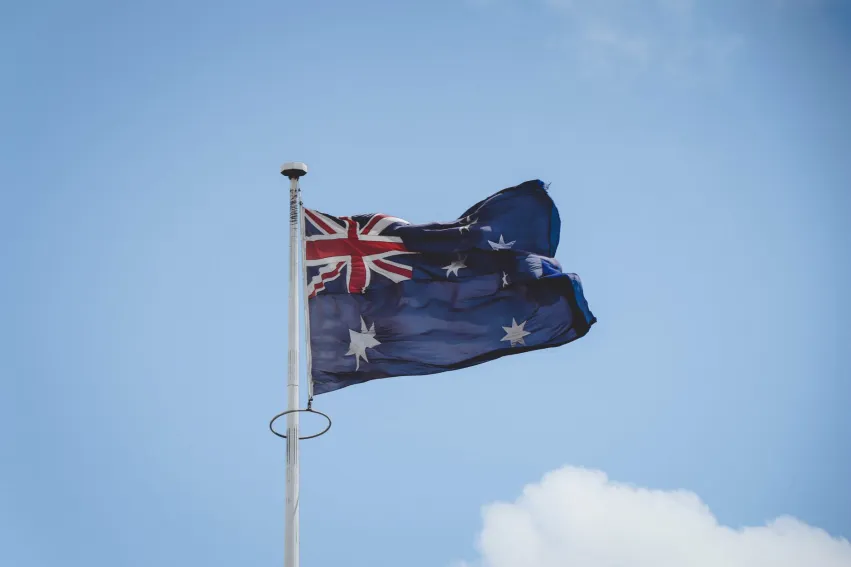
Australia's policy stimuli help banks achieve investor confidence
Measures have led to improvements in funding and liquidity conditions.
Australia’s policy responses to the coronavirus have been sufficient to secure investor confidence especially for large lenders who rely on global wholesale credit markets to attain funding requirements, Moody’s said in a note.
Fiscal and monetary measures such as cash handouts will result in more improvements in lenders’ funding and liquidity conditions, analysts said. Handouts are estimated to total around $180b (A$259b), roughly 13.3% of the annual GDP, with an associated program for government bond purchases by the Reserve Bank of Australia (RBA).
The stimuli have pushed a 5.2% monthly increase in deposits in the banking system in March and 2.4% in April, a notably faster pace than the usual monthly deposit rate of 0.8% for the previous 12 months to March.
Moody’s believes that the policy responses have helped stabilize investor confidence in banks, with the largest banks' credit default swap spreads having narrowed since March. Furthermore, bid/offer spreads in the secondary market have also declined, indicating an improvement in secondary market liquidity for their bonds.
The deposit growth has also reduced the risk of short-term liquidity risk constraints, analysts said, with the expectation that the amount of outstanding short-term securities will keep its downtrend in the coming months and banks’ liquidity coverage ratios will rise in the next quarters.
Wholesale debt issuance by Australian banks will lower to a great extent in H2 2020 as a combination of a slowdown in credit growth and an expansion of deposit bases will reduce market funding needs. Total credit grew 2.7% YoY in the 12 months to February, with business and housing loans increasing 3.5% and 3.1%, respectively, and with other personal credit decreasing 5.4%.
The term funding facility, which the RBA introduced in April, gives banks access to three-year funding at a fixed rate of 0.25%, Moody’s said. Banks can receive a total of about $93.8b (A$135b) of funding through this facility, with further funds available based on lending to targeted segments.
Photo courtesy of Pexels.com.




![Lorem Ipsum [ABF 1]](https://cmg-qa.s3.ap-southeast-1.amazonaws.com/s3fs-public/styles/exclusive_featured_article/public/2025-03/a_hand_pointing_to_a_futuristic_technology_5b87c9d0e3_1.png.webp?itok=2w0y1WhS)


![Cross Domain [Manu + SBR + ABF + ABR + FMCG + HBR + ]](https://cmg-qa.s3.ap-southeast-1.amazonaws.com/s3fs-public/styles/exclusive_featured_article/public/2025-01/earth-3537401_1920_4.jpg.webp?itok=WaRpTJwE)







 Advertise
Advertise

